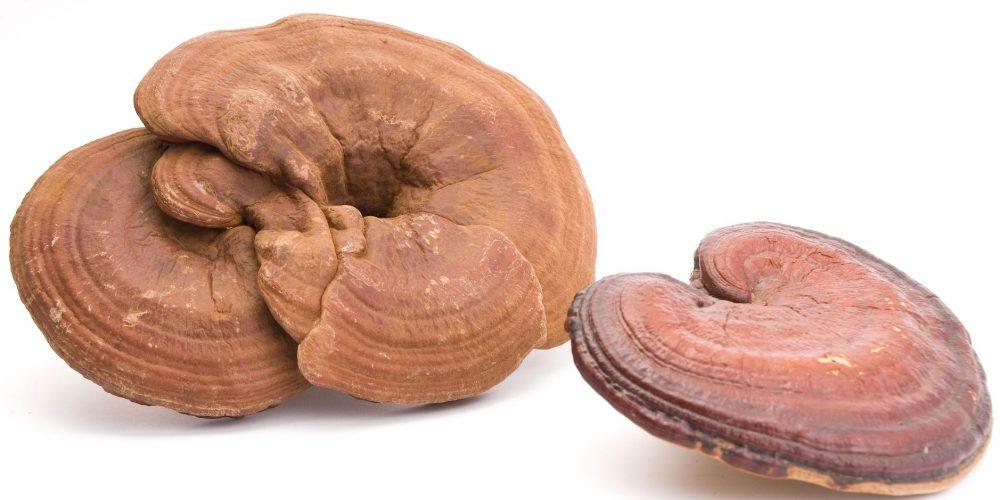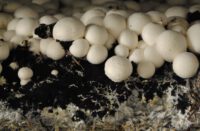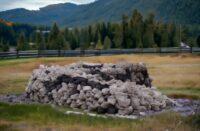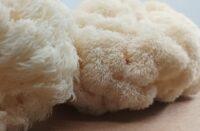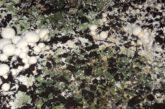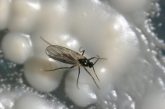Recent research could put an end to the scourge of red root disease that causes severe losses yearly to cash crops such as oil palms, one scientist says. The Trichoderma sp fungus might be used as a biofungicide to kill the Genoderma sp fungus that causes red root disease, Gadjah Mada University forestry pathology professor Widyastuti said.
The soil-borne fungus would destroy Ganoderma sp’s filaments without leaving chemical residue on crops — and might provide an environmentally friendly way to fight industrial plantation crop diseases, she said. “We can kill any harmful fungus in a short time by using chemical fungicides. However, this may pollute the environment. Biofungicides may be the most appropriate way to destroy fungi without any environmental risks.”
Ganoderma sp can attack many species, including commercially valuable plants such as oil palms and acacia trees. The fungus feeds on tree roots, leading to decay and death. Widyastuti said the disease caused by Ganoderma sp, which could grow on either living or dead trees, might severely affect oil palms, one of Indonesia’s most important industrial crops, and cause millions of rupiah in financial losses. Budi Cahyono, a scientist from the Asia Pacific Resources International Limited (APRIL) Forestry company, praised the research as a low-cost and environmentally friendly treatment for Ganodermal fungal disease.
“Red root disease caused by Ganoderma sp is the number one enemy of the country’s palm oil industry. Up to now, we haven’t had an effective and efficient method to prevent this fungal disease,” he told The Jakarta Post. He urged more research on the use of Trichoderma sp as a biofungicide to determine the full extent of its effectiveness. “I cannot say that Trichoderma sp is the only effective way to prevent these fungal infections,” Widyastuti said. Careful preparation of the soil and the use of improved varieties may also play an important role in preventing crop diseases, she said.
“Most importantly, we have to better prepare for planting from the start. It’s not only about combating the disease, but how to better prepare the soil and the seeds, as well as using antagonistic fungi, including Trichoderma, in the first phase of the planting,” Widyastuti said.
Under the Tanoto Professorship Award program, Widyastuti received a grant to carry out research from 2007 to 2010 on Ganoderma philippii, a pathogenic fungus. Ganoderma causes an infectious fungal disease that attacks plantation and forest plants, including several species of acacia (Acacia mangium, A.auriculiformis, A.oraria), sengon wood (Paraserianthes falcataria), Poinciana trees (Delonix regia), casuarina trees (Casuarina equisetifolia), angsana trees (Pterocarpus indicus) and oil palms.
Tanoto Foundation program director Ratih Loekito said the research was part of the foundation’s efforts to help reduce potential financial losses both in the agricultural and forestry sector caused by fungal diseases. Citing Forest Ministry data, she said that the forestry sector contributed up to 82.6 percent out of total state income.
Source: Jakarta Post


